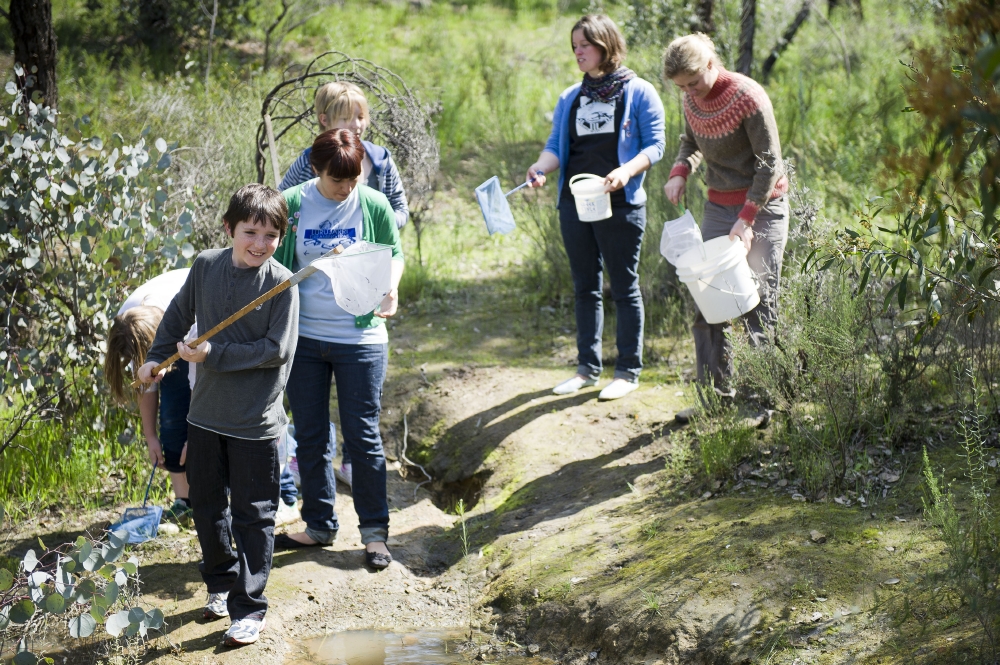
Resilient environments and communities
The protection and restoration of ecosystems is critical to combating climate change, pollution, desertification and loss of biodiversity.
La Trobe researchers work in partnership with environment and community groups, government, industry and First Peoples to develop new approaches to ensure our ecosystems and natural resources are resilient, sustainable, biodiverse and protected. La Trobe is uniquely positioned to engage with regional communities to achieve this goal.
La Trobe's research into Resilient Environments and Communities contributes to the following United Nations Sustainable Development Goals (SDGs)
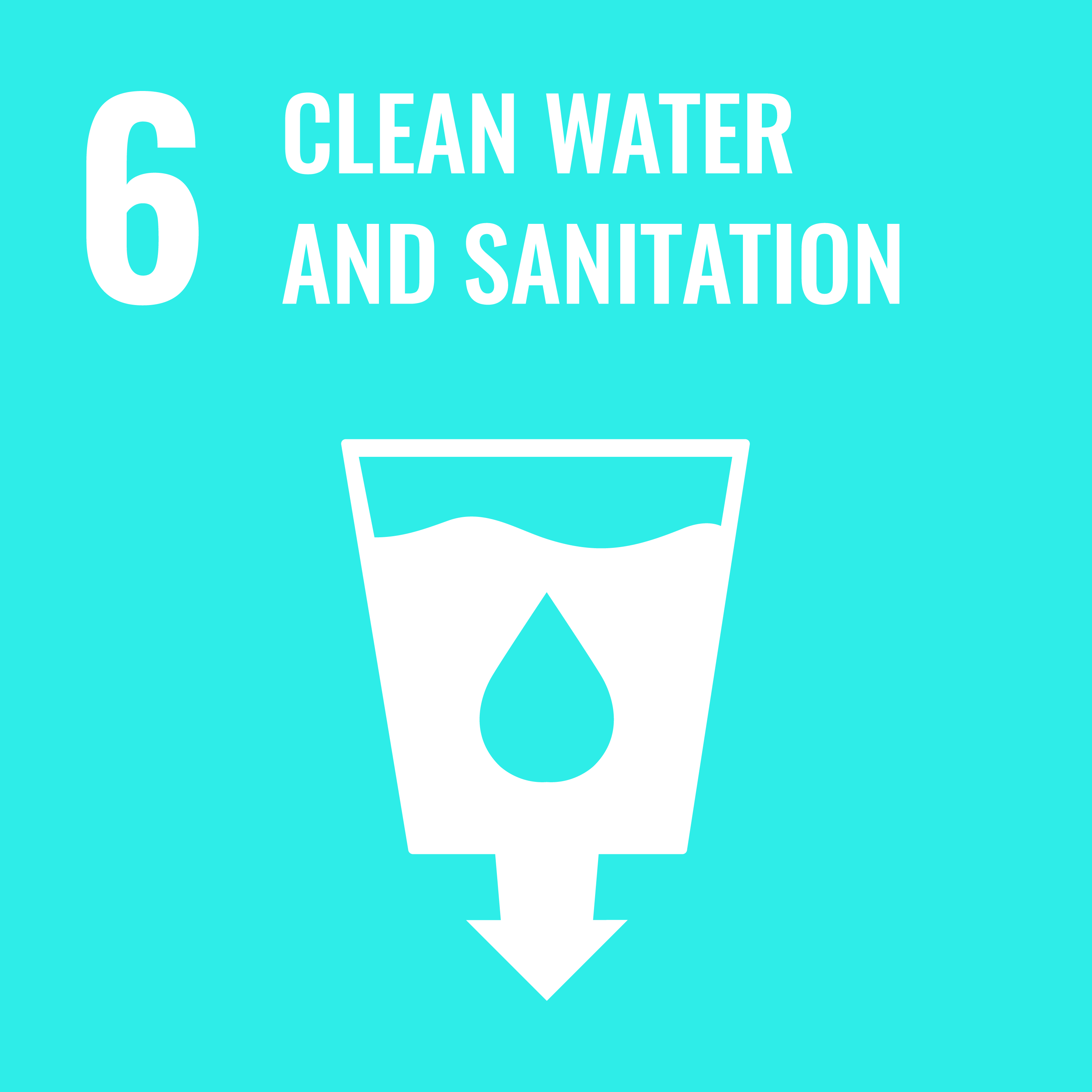

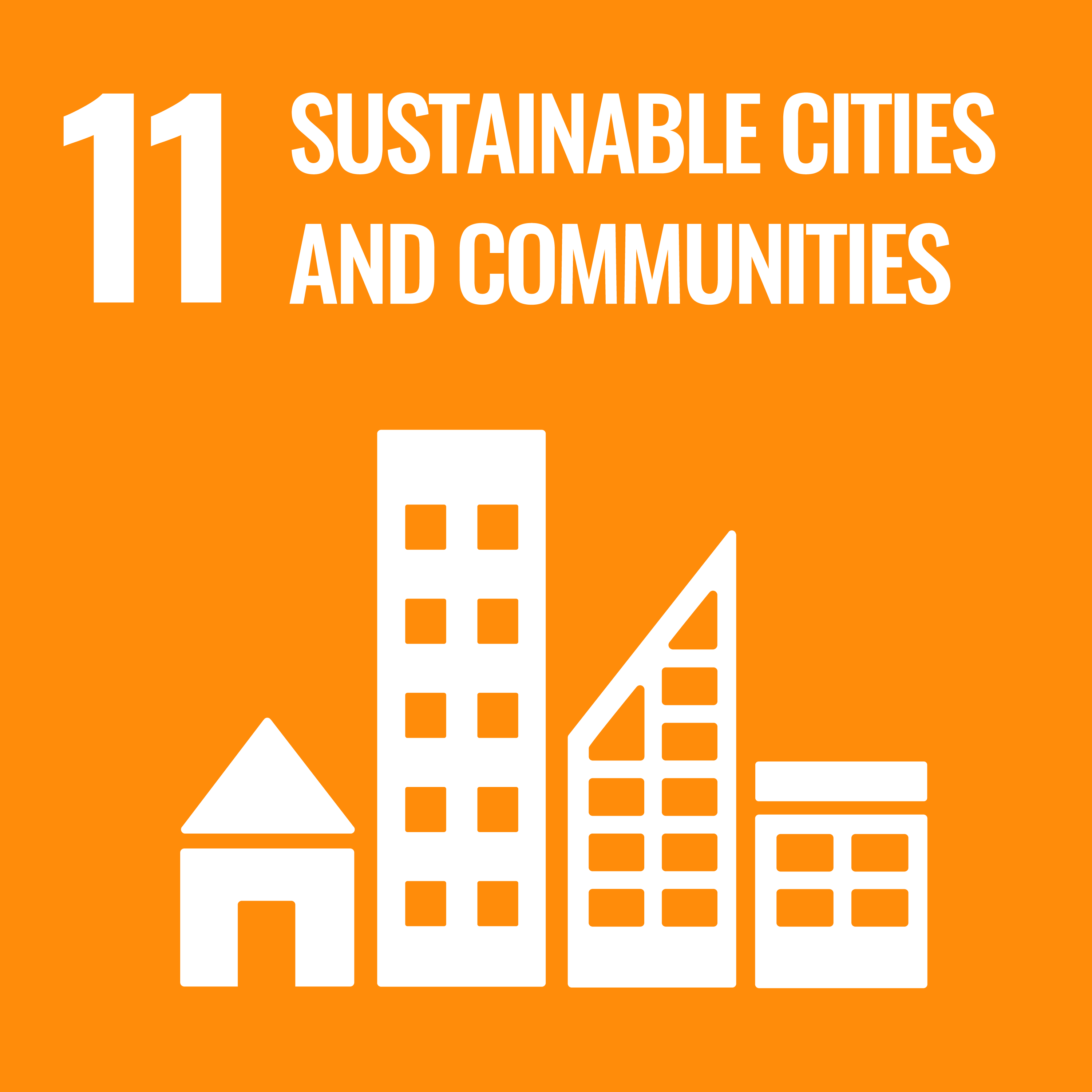
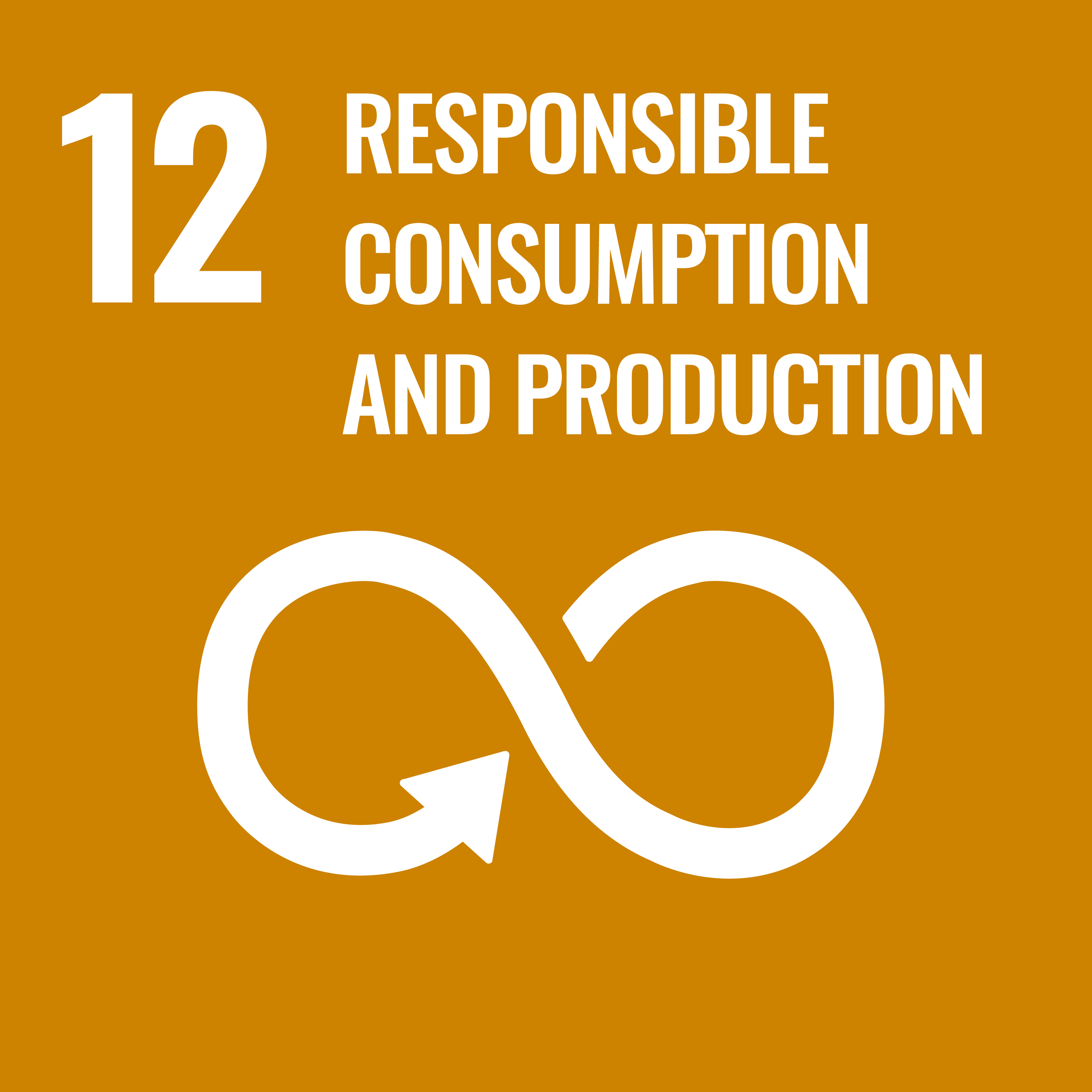
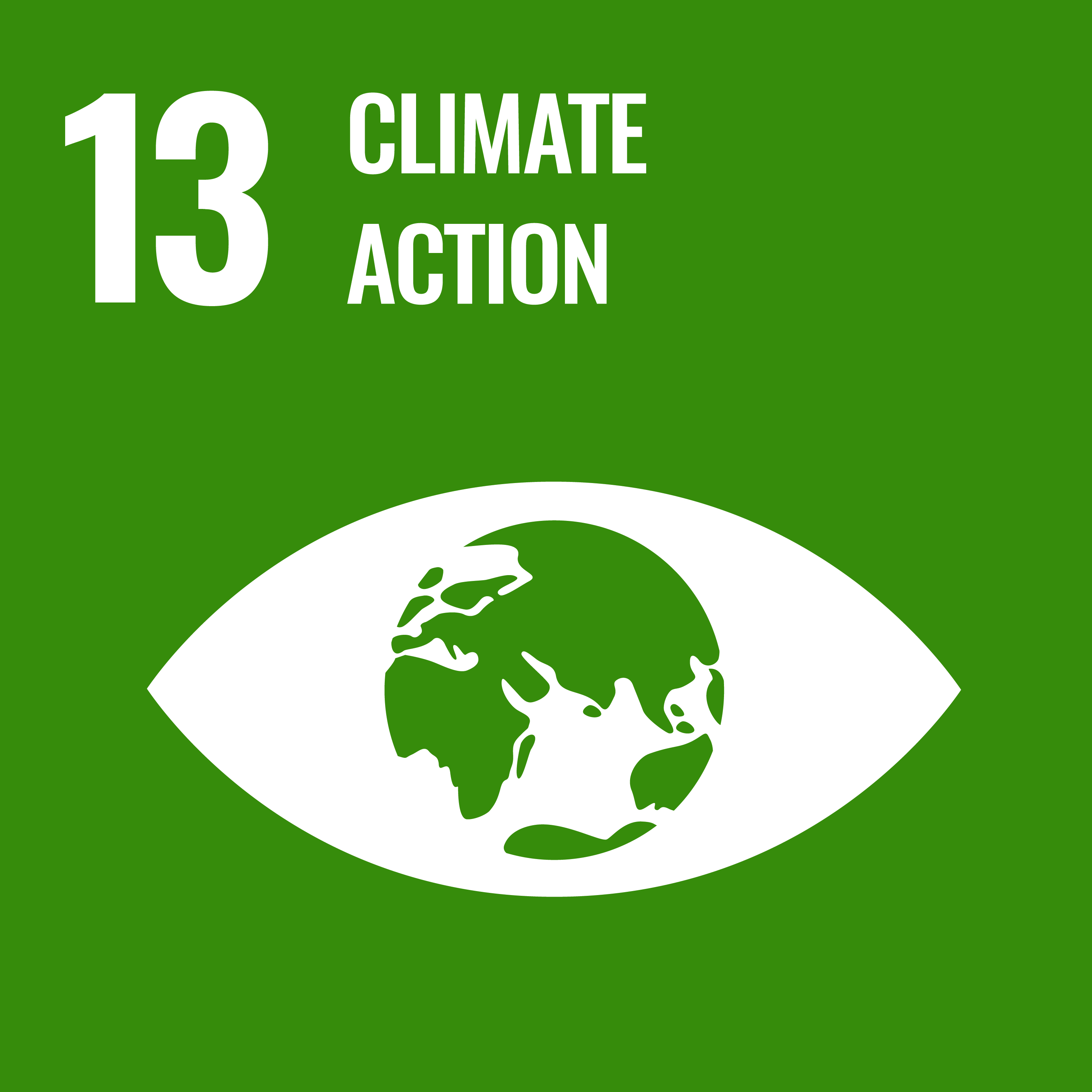
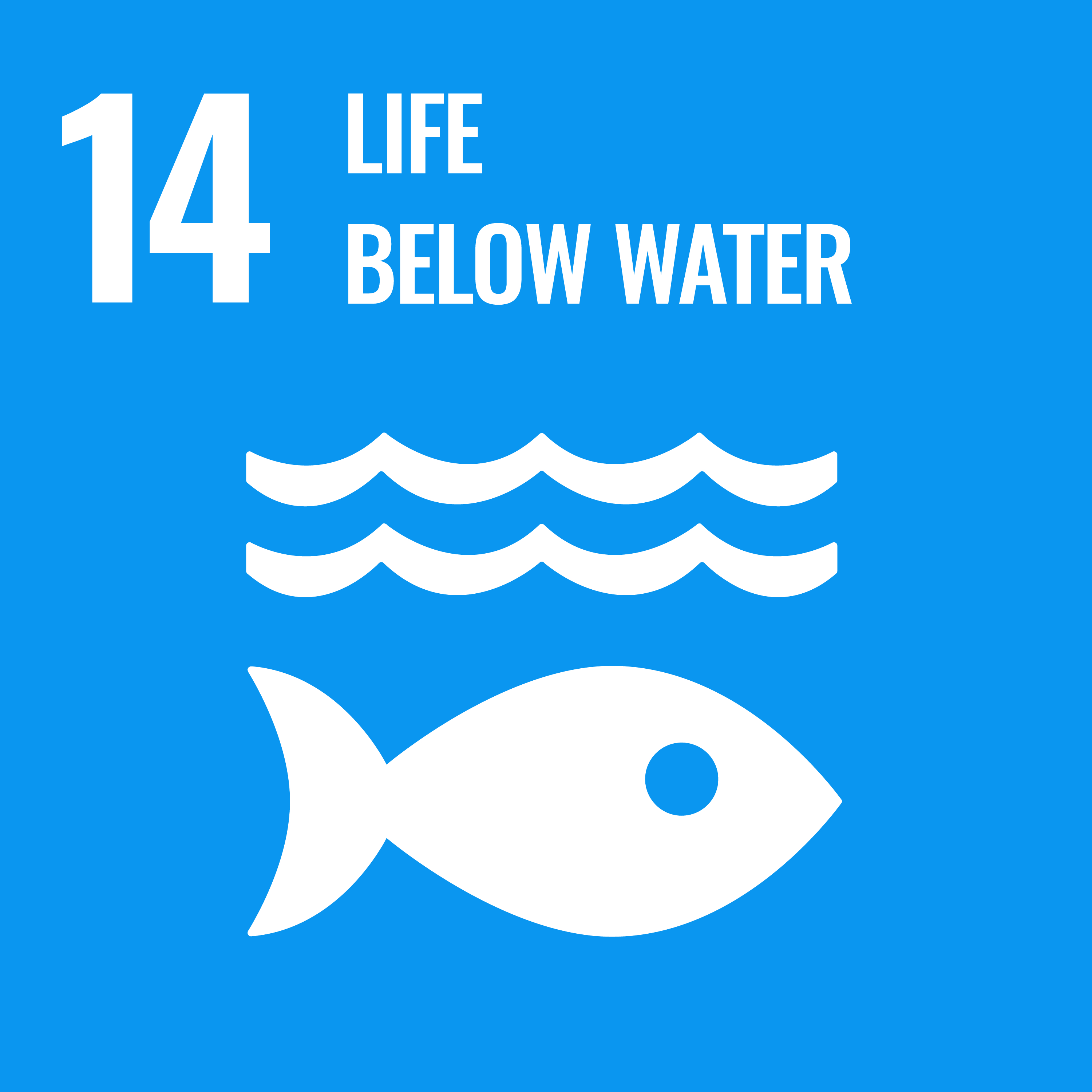
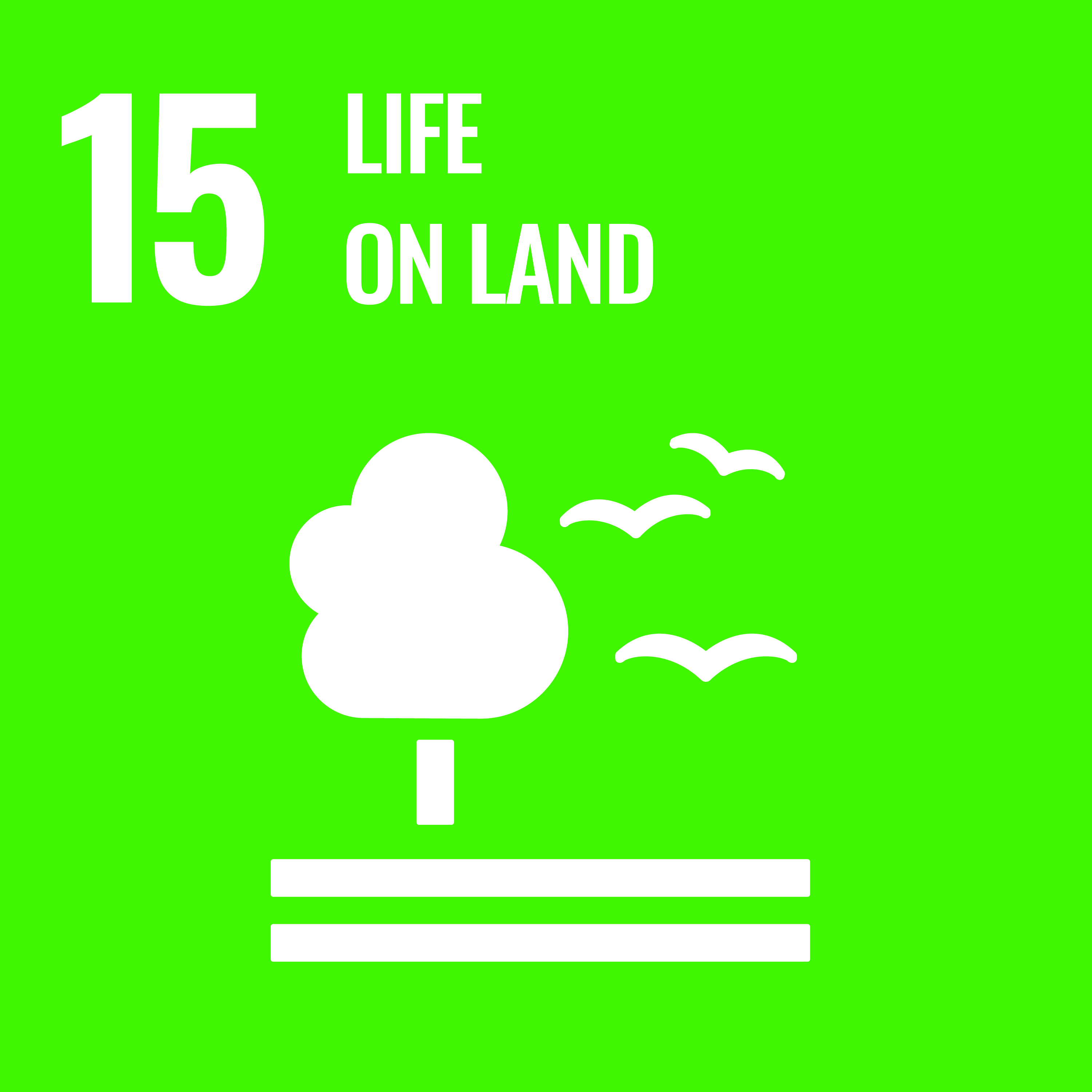
Selected impact stories

Leading Team: Jenny Stauber, Aleicia Holland
Accurate methods for measuring and predicting metal toxicity in water sources are key to setting more accurate and protective environmental guidelines, and must avoid both under-protection (which leads to pollution) and overprotection (which can result in unnecessary costs and burdens for industry). No single value for a metal protects aquatic biota across different water sources, since metal toxicity is dependent on its bioavailability, which in turn is dependent on the chemical make-up of a particular water source. Currently, the Australian and New Zealand water quality guidelines for most metals account only for the hardness of water, but bioavailability is also influenced by other parameters such as pH, alkalinity and dissolved organic carbon (DOC). With funding from the International Zinc Association (IZA), and in collaboration with numerous partners, La Trobe researchers Jenny Stauber (formerly CSIRO), Gwil Price (PhD student) and Aleicia Holland have developed new bioavailability-based models to more appropriately predict toxicity of zinc and form the basis of updated guideline values and regulatory frameworks in Australian and New Zealand Waters. In April 2023 in Sydney, thirty invited scientists, regulators and state/federal government representatives participated in a workshop where the new models were presented and the best method for implementation was discussed. This led to a follow-up project in 2024 in collaboration with WCA, the National Institute of Water and Atmospheric Research (NIWA) and WQAdvice, funded by The Metals Environmental Research Associations (MERA), to develop a tiered implementation framework, tool and training material to develop and implement guidelines for zinc, copper and nickel. In August 2025 at the SETAC/ACTRA conference (Society of Environmental Toxicology and Chemistry / The Australasian College of Toxicology and Risk Assessment), the research team presented the updated framework for bioavailability-based guideline values for zinc, copper and nickel, demonstrated the on-line metals bioavailability tool, and showed how the tool supports environmental assessment and management in Australia and New Zealand. The principles, guidelines, and tools are also applicable to the broader Southeast Asia and Melanesia (SEAM) region.

Leading Team: Michael Shackleton
With funding from the Odonata Foundation, La Trobe researcher Michael Shackleton and a team at the Centre for Freshwater Ecosystems have used modelling and probability sampling to identify and generate maps of sampling sites for the annual citizen science project the Great Australian Wildlife Search (GAWS). GAWS is part of the Basin Condition Monitoring Program, a commitment by the Australian Government to advance and implement new methods for monitoring and reporting on the economic, social, cultural, and environmental conditions in the Basin. The project involves the collection of eDNA (environmental DNA, taken from the surrounding environment rather than the organism itself) by citizen scientists from water samples across the Murray Darling Basin (MDB). Citizen science projects such as these are critical for reducing overall project costs and engaging the community on river health and conservation issues. But in order to be successful, participants and volunteers need to be directed where to look to ensure that the sampling is representative in terms of biodiversity values and distribution, but also that sites can be easily accessed.
The La Trobe team developed ‘a rigorous sampling methodology to ensure a representative sample across the states’, identifying sampling sites across the MDB in South Australia, New South Wales, Victoria and Queensland (as documented in the June 2024 report and on the GAWS website - see ‘How are the sites selected’ FAQ). The eDNA analysis successfully identified 17 threatened and 26 invasive species across the basin and will help to inform future conservation efforts.
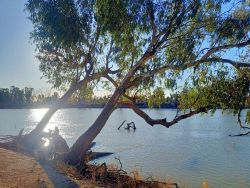
Leading Team: Katie Holmes, Heather Downey, Margaret Cook, Karen Twigg, Scott McKinnon, Jessica Urwin (University of Tasmania)
The Murray–Darling Basin is the largest and most complex river system in Australia, covering over 1 million square kilometres from Queensland through to South Australia. The geographical scale of the Basin, along with its environmental, economic, cultural, social and spiritual significance have made its management a source of intense political and public debate. Through the Basin Condition Monitoring Program (BCMP) and the Murray–Darling Water and Environment Research Program (MD-WERP), the Murray-Darling Basin Authority (MDBA) — the agency that coordinates the overall management of the Basin's water resources — has committed to building trust and transparency through developing new monitoring and reporting mechanisms. As part of this plan, the MDBA commissioned La Trobe University to carry out the ‘Community Oral Histories’ project to capture the lived experience of Basin river management.
La Trobe researchers have gathered oral histories from community members through more than 130 individual interviews across New South Wales, Queensland, South Australia and Victoria with a diverse range of participants: First Nations people, farmers, fishers, water administrators, bird watchers, environmentalists, sporting group members, town residents, and irrigators, across a range of age, gender, cultures and lived experiences. The histories are organised into reflections on ‘Water’, ‘Environment’, ‘Economy’, ‘Policy’, ‘Community’ and ‘Future’, capturing reflections on droughts, floods, changes in land use; boom and busts in population sizes, employment, and agricultural and industrial activities; recreational and cultural connections; and changes to the environment such as the abundance or decline of animal and plant species.
Not only do these diverse histories provide policy makers with a deep understanding of the breadth of contexts across Basin communities which can inform management activities and help to build relationships with the public; they also offer participants and the public a deeper view of the contexts which lie behind the opinions of others within Basin communities which can assist in recognising and understanding their perspectives.

Leading Team: Michael Shackleton
Reduced water availability and increases in temperature will cause major changes in the distribution of aquatic, animal and plant species in the Murray Darling Basin (MDB). Understanding where species are distributed and what their preferred habitats look like is key to guiding biodiversity, conservation and natural resource management decisions, but so is understanding how species and habitats will be affected by climate change. As part of the Murray Darling Water and Environment Research Program (MD-WERP), La Trobe researcher Michael Shackleton and a team at the Centre for Freshwater Ecosystems have combined contemporary survey records of fish, invertebrate and plant species with information on climate, climate change projections, land-use, catchment physiography and river hydrology to produce a series of maps showing current and future habitat suitability estimates for 32 fish, 123 invertebrates, and 419 plant species throughout the MDB. This predictive modelling can help inform prioritisation of basin-scale management decisions and priority areas for conservation and habitat restoration. Data from the model is feeding into the High Ecological Value Aquatic Ecosystems (HEVAE) framework used by NSW Fisheries and the Department of Primary Industries and Environment (DPIE) and has also been developed into a Shiny App which will be available for use by water managers.

Leading Team: Dugald Reid
To feed a growing global population, we need to increase the sustainability of farming systems. Nitrogen is fundamental to crop growth, but much of the nitrogen required by cropping systems is provided by industrially produced fertilizers, the use of which is not only environmentally unsustainable, but also out of reach for many farmers in the developing world who cannot access or afford them. ENSA - Enabling Nutrient Symbioses for Agriculture – is a US$35 million international project funded by Gates Ag One aimed at using biological nitrogen fixation to sustainably increase crop yields for small-holder farmers in Africa. The project team includes La Trobe researcher Dugald Reid who is investigating the ways in which legumes interact with soil bacteria to convert nitrogen into usable nutrients. This process of nitrogen fixation is reduced or halted when nitrogen levels in the soil are already high, but in June 2024, Reid and his ENSA collaborators published research in Nature which reported the discovery for the first time of the genetic off switch that controls the shutdown of this process. The gene, known as “Fixation Under Nitrate” (FUN), was discovered after screening 150,000 individual legume plants. The discovery has allowed the research team to now remove the gene in legume crops using CRISPR (Clustered Regularly Interspaced Short Palindromic Repeats) gene-editing techniques so that they continue to fix nitrogen. As Reid explains, ‘continued nitrogen fixation could be a beneficial trait that increases nitrogen availability, both for the legume and for future crops that rely on the nitrogen left behind in the soil after legumes are grow…This helps lay the foundations for future research that provides new ways for us to manage our farming systems to reduce nitrogen fertiliser use, increase farm incomes and reduce the impact of nitrogen fertiliser use on the environment’. The current goal of the ENSA project is to move this technology to multi location field trials in soybean and cowpea. Translation into fava beans is also being supported by the N2CROP project.

Leading Team: Ali Bajwa
Gazanias were originally introduced to Australia as an attractive looking flowering ornamental plant from South Africa but have escaped from gardens and infested grain production areas in South Australia and Victoria. Gazanias are a prolific weed and highly invasive. They are drought tolerant and unappealing to stock, and grow in thick mats, stressing, suppressing and competing with crops and native vegetation for space, light, water and nutrients. The seed can be spread quickly by wind, water, stock and vehicles, and Gazanias can also establish and spread via their underground rhizome network. Currently there is no selective chemical herbicide that has been registered and approved for use on Gazanias in Australia. Most existing broad-spectrum herbicides applied to control other weeds are ineffective on established Gazania plants, meaning there is a lack of management options for farmers and producers. In 2024, with funding from the Grains Research and Development Corporation (GRDC), La Trobe researcher Ali Bajwa carried out physical surveys to identify Gazania hotspots, and in consultation with agronomists and chemical companies, identified a list of potential candidates for chemical control which were tested in glass house trials at La Trobe. These glass house trials created a shortlist of chemical control candidates which are now being tested in collaboration with growers in field trials in Loxton and Arno Bay in South Australia on sites with Gazania infestation. Survey data and research into how Gazanias spread will provide producers with information concerning the future risk of incursions into grain paddocks, whilst the field trials will identify the most effective control approaches, potentially leading to registration or emergency use permits. In June 2025, closely aligned research authored by Bajwa and his PhD student Muhammad Adnan, which identified the reasons behind Gazania’s prolific spread, was extensively covered by digital and print media nationally. The findings were also picked up by the Invasive Species Council and used to push for a ban on sales of Gazania at plant nurseries across Australia.

Leading Team: Kerry Fanson
Captive breeding programs are the last resort for many endangered species, but it is notoriously difficult for animals to breed successfully in zoos. In part, this is due to lack of knowledge about their reproductive endocrinology: that is, the hormones that stimulate (and signify) fertility. In partnership with Zoos Victoria, Dr Kerry Fanson is working to improve the success rates of captive breeding.
La Trobe’s Wildlife Conservation and Reproductive Endocrinology Lab (WiCRE) has analysed hundreds of samples from 16 different species in projects spanning Melbourne Zoo, Healesville Sanctuary, and Werribee Open Range Zoo. While reproductive monitoring is well-established for some species, such as the elephants whose calves were born in 2023, WiCRE have conducted groundbreaking research for Australian natives such as Leadbeater’s possums, Tasmanian devils and pookila (native mice). Fanson’s team have developed novel non-invasive sampling techniques to determine female fertility.
In 2024, the Tasmanian Devil breeding program at Healesville Sanctuary welcomed their 200th joey, representing a major milestone. “We can manage our endangered species breeding programs with a whole lot of new information that just hasn’t been possible before,” comments Dr Marissa Parrott (Senior Conservation Biologist, Zoos Victoria). WiCRE were finalists in the 2024 Engagement Australia Award.

Leading Team: Lucille Chapuis
Whilst there is increasing concern about the impact of man-made noise on marine life, our limited understanding of the hearing abilities of fish, and of the mechanisms of sound reception in marine invertebrates, make regulatory guidelines about the effects of sound hard to implement. With funding from the ARC, La Trobe researcher Lucille Chapuis is using high resolution bioimaging and biomechanical modelling to develop 3D images of the hearing structures of elasmobranch fishes (sharks and rays). The biological (biophony), geophysical (geophony) and human-produced (anthrophony) sounds of different ‘soundscapes’ (open ocean, coral reefs, and coastal temperate environment) will be recorded using underwater recording devices and the variation in the acoustic traits of these soundscapes will be identified and analysed using artificial intelligence. Soundscape features will then be compared to the hearing structures of different species, allowing the development of a model which can be used for the first time to predict the sensitivity and hearing abilities of different taxa, providing policy makers and conservatory bodies with a framework for understanding the potential effects of noise pollution on different species.
Alongside this model, Chapuis is also developing a low-cost, user-friendly, modular underwater sound recording device. One of the barriers to underwater acoustic research is the high cost and complexity of current hydrophone technology which limits its accessibility, particularly in low-income regions and for educational or citizen science contexts. To address these barriers, Chapuis and her collaborators are aiming to develop a high-quality, calibrated hydrophone system priced under $200 which will enable widespread use by educational institutions, conservation organisations, and community scientists.

Leading Team: Jen Wood
Researchers at La Trobe University, led by Dr. Jennifer Wood, are collaborating with Greenfleet and the Darebin Creek Management Committee (DCMC) on a decade-long project to monitor soil microbiology and carbon dynamics during ecosystem restoration. The project builds a long-term dataset to track changes in soil health and validate predictive models for carbon offsetting.
Soil samples are collected annually from Greenfleet’s Glendalough native revegetation project and DCMC’s community-led revegetation site in Kingsbury. Data such as soil carbon and microbial analysis are integrated into undergraduate courses at La Trobe. Insights from the 2023 soil microbiome report have already led to an improved value in site condition as measured through the standards for ecological restoration recovery wheel. These findings have also shaped management practices, with the cessation of further mulching to improve ecosystem function at DCMCs site.
Greenfleet is an environmental not-for-profit organisation that restores native, biodiverse forests across Australia and New Zealand. Through their research, Dr. Wood’s team has developed a practical hand-sampling protocol to complement existing guidelines and improve site-specific carbon monitoring.
The collaboration aims to refine restoration monitoring practices and improve industry-relevant carbon assessment techniques, supporting evidence-based approaches to ecosystem restoration and carbon sequestration.

Leading Team: Steve Petrovski
One of the operational challenges for water treatment plants is the development of huge quantities of overflowing foam on the top of wastewater which becomes a costly biological hazard full of hydrophobic bacteria. The easiest way to get rid of the foam is to kill the bacteria responsible through the use of chlorine, but this also kills off beneficial bacteria required for treating the water and removing excess nutrients. In 2021, Steve Petrovski, an Associate Professor at La Trobe University, and researchers in his group identified and isolated an epiparasitic bacterium which can be used as a biocontrol to stabilise wastewater foam through targeting and eating the organism responsible for its generation. Testing at treatment plants which do not suffer from foaming has identified that this bacterium exists in abundance. The challenge now is to work out how to increase the amount of these parasitic organisms across wastewater plants to manage foaming.

Leading Team: Jim Radford
Wool farming offers untapped opportunities for environmental restoration. Woolmark, as the global quality assurance authority for wool products, have set out an ambitious sustainability roadmap for the Australian wool industry. Its cornerstone is the transition to a nature-positive approach intended to reverse biodiversity loss on wool growing farms by 2030.
The metrics for setting and tracking this target were developed in collaboration with a team from La Trobe’s Research Centre for Future Landscapes. The pilot study resulted in 12 core metrics which include metrics related to greenhouse gas emissions and resource use intensity, pasture condition, and factors indicative of biodiversity such as riverbank health, and coverage and condition of natural habitats. The reliability of these indicators is key to Woolmark’s introduction of their Nature Positive labelling, enabling woolgrowers and brands to demonstrate sustainability credentials in national and international markets.

Image: Michael Shackleton, Ualani Miller, Sally Maxwell and Hannah Churches
Leading Team: Sally Maxwell and Michael Shackleton
The Snowy Scheme in the Snowy Mountains of NSW consists of nine hydro power stations and is one of the largest renewable generators in Australia. The Snowy Scheme also plays a crucial role in managing inflow variability into the Murray and Murrumbidgee river systems by releasing water for environmental and agricultural purposes into the Murray–Darling Basin, the largest agricultural region in Australia. 50 percent of the inflows for the Snowy Scheme are reliant on snowmelt and rain, meaning the ability to generate electricity and release water for the environment and agriculture can be adversely affected by low rain and snowfall. Since 2004, Snowy Hydro has been conducting a Cloud Seeding Program to enhance snowfall within a 2,110km2 target area in the Snowy Mountains during suitable climatic conditions in the cold months. Snowy Hydro uses ground based generators to introduce silver iodide particles into clouds to encourage snowflake growth and enhance snowfall. The program has been shown to increase precipitation by an average of 14% during suitable conditions. When the snow melts, the additional water is valuable for hydroelectric energy production, the environment and other downstream water uses. While cloud seeding operations have occurred each winter since 2004, Snowy Hydro recently announced they would take a break in operations in 2024 to undertake an infrastructure and investment review.
Snowy Hydro has implemented an Environmental Monitoring Program since the start of the program in 2004 to monitor silver concentrations in a range of environmental matrices within and around the cloud seeding target area. This involves analysing samples of potable water annually, and conducting a major environmental chemistry sampling campaign every 5 years, with the most recent major sampling campaign occurring in 2023. One of the key components of this extensive campaign is the sampling of macroinvertebrate populations from catchments inside and around the cloud seeding target area which in 2023 was led by Dr Sally Maxwell in the Centre for Freshwater Ecosystems. Over the past 15 years, Dr Maxwell has held positions across research, management and policy, working on outreach projects which have included citizen science projects encouraging the public to get involved with macroinvertebrate sampling. Her instructional video Introduction to macroinvertebrate sampling is used by universities for training purposes and has been viewed over 14,000 times.
In order to analyse the potential impacts of cloud seeding on macroinvertebrates and the overall health of aquatic ecosystems in the Snowy Mountains catchment area, Dr Maxwell and Dr Michael Shackleton carried out a comprehensive habitat assessment and analysis of the macro invertebrate population within the catchment area (versus a control area). Since macroinvertebrates absorb pollution – and different species are known to have differing levels of tolerance to pollution - macroinvertebrate analysis using the AusRivAs method provides a consistent and standardised approach to measuring waterway health. Through the work done by Dr Maxwell, Dr Shackleton and the La Trobe Team, the macroinvertebrate sampling was refined and the statistical methodology used to analyse the findings was updated. Beyond cloud seeding, the macroinvertebrate data will also be used to assess the impacts of other environmental threats to ecosystem health in the Snowy Mountains catchments.
Read more about research within the Centre for Freshwater Ecosystems

Leading Team: Emily Scicluna
The Fat-tailed Dunnart, a mouse-like carnivorous marsupial related to the thylacine, was assumed to be abundant in Victoria until a series of surveys undertaken by La Trobe doctoral candidate Emily Scicluna demonstrated that its numbers have steeply declined. Dunnarts are vulnerable to extinction due to introduced predators, and their grassland habitat has been turned over to crops or stifled by invasive vegetation. Over a four-year period, Scicluna surveyed more than 40 sites, with only seven showing signs that dunnarts are still present. The evidence compiled by Scicluna led the Department of Energy, Environment and Climate Action (DEECA) to add dunnarts to the Threatened Species Register in June 2023. Classified as Vulnerable, the species now qualifies for conservation measures such as habitat protection, predator control and investment in population maintenance, and they are now listed alongside other threatened species in DEECA’s 2023 Victorian Flood Recovery program.
